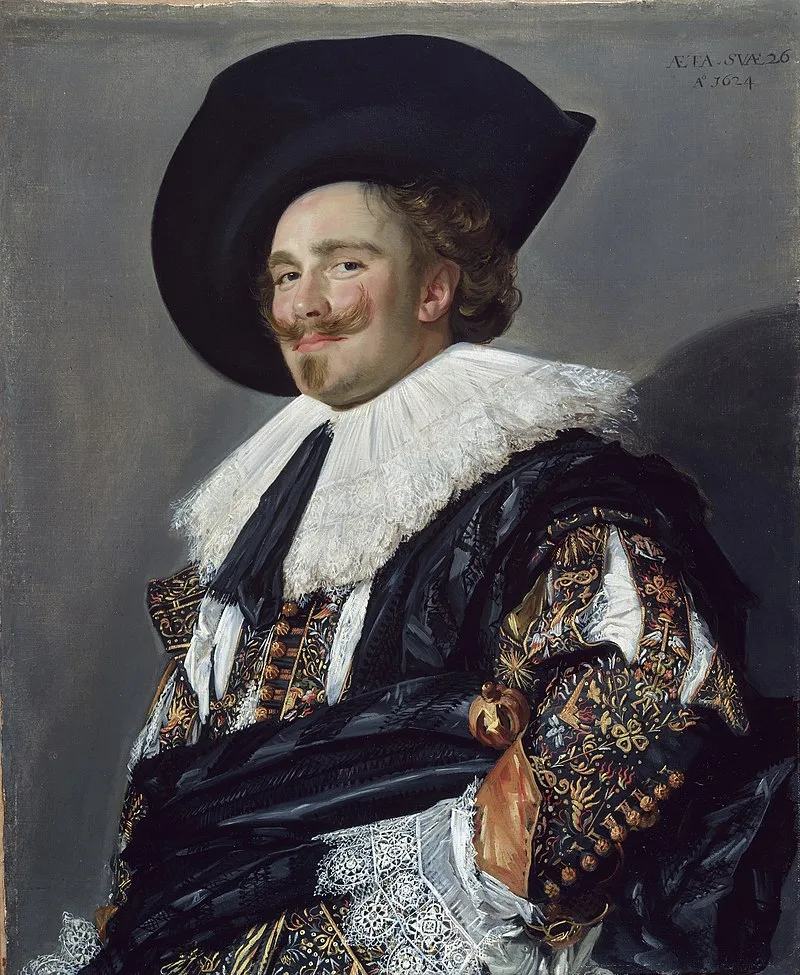Boys must be boys
The ick factor in art history is compounded by our own era’s obsession with sex and power.
 |
| The Milkmaid, c. 1600, Johannes Vermeer, courtesy Rijksmuseum |
During Monday’s class, I zipped quickly through Vermeer’s oeuvre on line, when a sentence about Vermeer’s The Milkmaid stopped me cold. This is one of the most well-known paintings in western art, so familiar that it’s become background noise.
“For at least two centuries before the painting was created, milkmaids and kitchen maids had a reputation as being predisposed to love or sex, and this was frequently reflected in Dutch paintings of kitchen and market scenes from Antwerp, Utrecht and Delft. Some of the paintings were slyly suggestive, like The Milkmaid, others more coarsely so.”
This interpretation apparently came from a 2009 show at the Metropolitan, curated by the late Walter Liedtke, because most of the text was lifted verbatim from his catalog.
“The physical appeal of the ‘milkmaid’ is sensed naturally,” wrote Liedtke, “like the taste of milk or the touch of bread. Rough sleeves reveal bare arms, where the skin (unlike that of the wrists and hands) is rarely exposed to sunlight. The ruddy wrists and face, the woman's generous proportions, and her warmth, softness and approachability are qualities not found in Vermeer's more refined young ladies. They too are alluring, but the kitchen maid is frankly so.”
 |
| Kitchen Scene, 1620s, Peter Wtewael, courtesy Metropolitan Museum of Art |
There are certainly coarse Dutch kitchen scenes—the Peter Wtewael kitchen scene, above, is a compendium of every sex reference that can be crammed on a canvas. Dutch painting of this time was full of jokes and bawdy comic references. Frans Hals’ laughing faces contrast vividly with the rest of Europe’s dour demeanor in Baroque portraiture. Art history tells us that the Dutch drank copiously.
Yes, the 17th century Dutch Republic was Calvinist. Prostitution and adultery were against the law. That didn’t stop the Dutch from recognizing the realities of life, and laughing at them.
 |
| The Laughing Cavalier, 1624, Frans Hals, courtesy the Wallace Collection |
But Peter Wtewael’s kitchen scene is the attraction of equals. That’s very different from the class abuse of men like Samuel Pepys groping their maids.
These paintings are no longer in middle-class Dutch homes. They have been moved to palaces and museums, where their caretakers and interpreters are the wealthy, educated and powerful. It’s no surprise that their own privilege subtly colors the work they analyze.
To Liedtke, the wide-mouth jug in The Milkmaid was a symbol of feminine anatomy. “By inserting a foot warmer and, next to it, a Delft tile depicting Cupid, Vermeer intimates that love and desire, as well as work, are burdens the maid must bear… Foot warmers do not heat rooms. They heat feet and, under a long skirt (as in Van Loo's Wooing), more private parts.”
Ick.
 |
| The Procuress, c. 1622, Dirck van Baburen, courtesy Museum of Fine Arts. |
This is not to say that there wasn’t an erotic underpinning to Dutch art, or that servants weren’t the objects of male lust. “I am perfectly willing to believe that you are knowledgeable in the delectable art of preparing stews / But I feel even more appetite for you / Than for the stew that you are preparing,” read the French caption for an engraving of Gerrit Dou’s A Girl Chopping Onions.
It’s just that the ick factor is compounded by our own era’s obsession with sex and power.
Vermeer was just too intelligent to have played this game of simple parts. His mature paintings show keen psychological insight. His milkmaid is a dignified, moral presence. It’s obscene to suggest otherwise.

